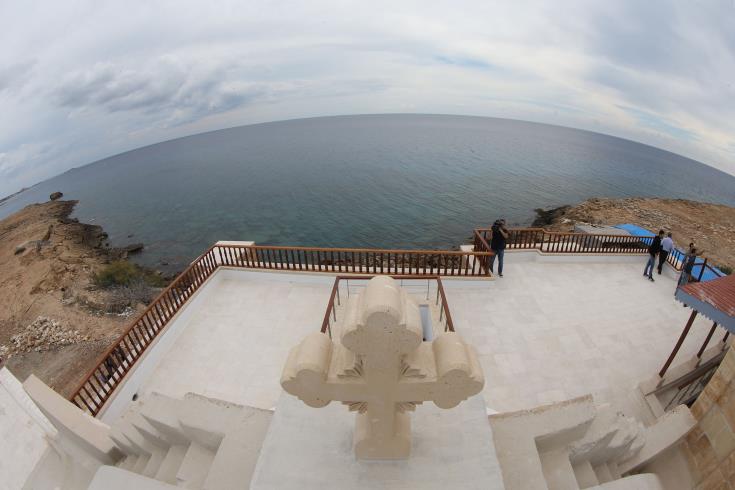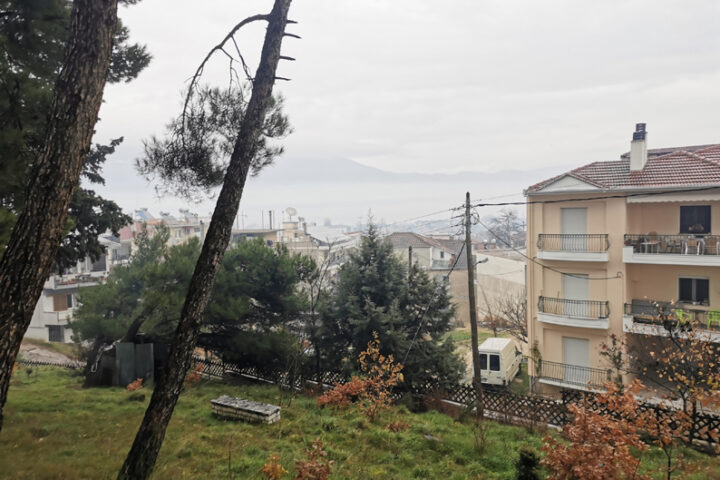An oil slick from a Syrian power plant, heading towards the Karpas peninsula on the island’s Turkish occupied northern tip, is not expected to cause serious environmental damage to Cyprus, Agriculture Minister Costas Kadis said on Tuesday.
In comments to the Cyprus News Agency, Kadis said an oil recovery vessel has been made available to Cyprus by the European Maritime Safety Agency upon request and deployed if needed.
Specifically, the oil spill recovery vessel Alexandria, which the European Maritime Safety Agency commissions, has been called in and will help contain the pollution if deemed necessary.
“Nothing has been located in the areas under the control of the Republic of Cyprus,” said Kadis.
He said the Government conveyed its readiness to aid Turkish Cypriot authorities in tackling any marine pollution incident.
“Unfortunately, our intention and willingness to help, so far, remain unanswered, we have not received any information or any response from the authorities of the illegal regime, and so we remain alert.”
Cyprus has also informed Greece and Israel of the incident as part of their trilateral cooperation.
“However, based on the indications, we do not expect to have any problem, especially in the free areas.”
The most recent computer model indicates the oil spill could affect Apostolos Andreas Cape in the breakaway north late Tuesday.
The oil leak at the Baniyas power plant was first reported on Thursday last week, and Syrian state media said the leak was an accident.
Kadis said he was informed of the incident last Thursday: “Since then, we have been monitoring the situation and the movement of the oil slick, in consultation with the competent European bodies and based on images we receive from them”.
The oil slick was moving towards the Turkish occupied area of Apostle Andreas, a national emergency plan for tackling marine oil pollution was activated.
Kadis said two vessels of the Department of Fisheries and one vessel of the Naval Command were deployed at sea and in a position to intervene should the slick move towards the government-controlled areas.
The Department of Fisheries and Marine Research Director, Marina Argyrou, said the slick appeared to be “oil sheen” rather than the crude oil.
Initial satellite imagery showed an oil sheen 36 kilometres long, but newer imagery shows the spill is larger than anticipated and is reaching deeper into the Mediterranean.










